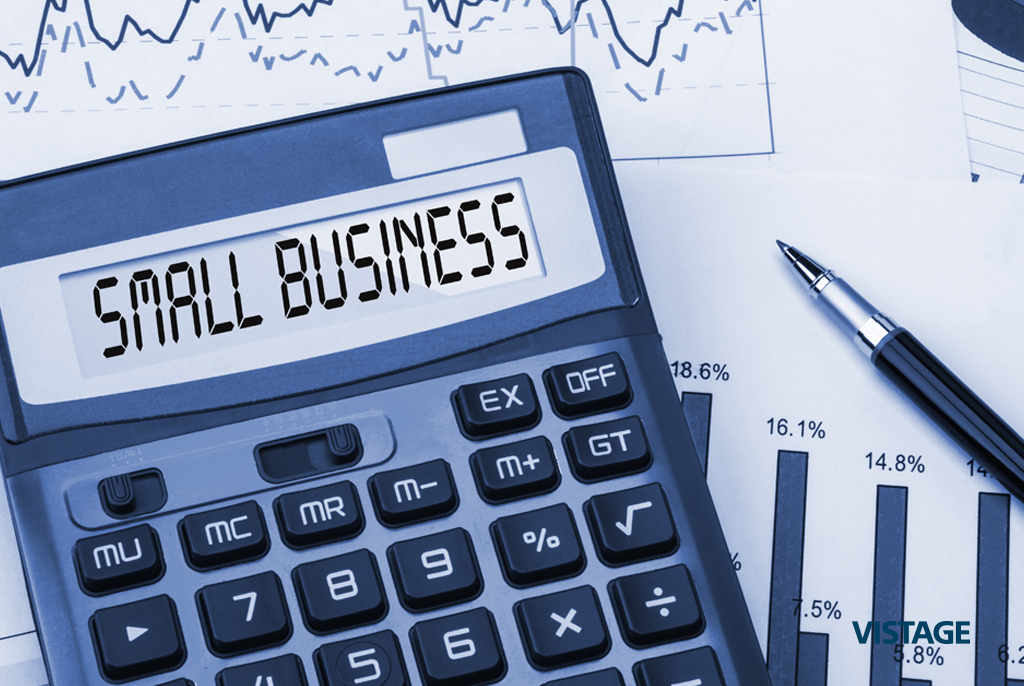National Small Business Week: A guide to big success in small business

May 1-5 is National Small Business Week 2017, but the basic concerns and interests of small businesses are perennial. Growth, management, personnel, capital — these are valid and ongoing concerns of small business owners, entrepreneurs and other key players on the small business stage.
Explore some of our most useful, actionable articles to help frame better decisions on behalf of your growing businesses.
Demystifying the SBA: Investing in your business? Don’t overlook the benefits of the Small Business Administration loan program.
Getting clarity of purpose for your business: According to Vistage speaker Holly Green, your business benefits when your entire team performs specifically to your company’s target goals.
Small business: The entrepreneur’s dilemma: Why is leaping over the $10 million hurdle so hard? Business strategist Marc Emmer unpacks the factors blocking real growth.
Implementing big-business leadership in a small business: Your business might be small, but according to Holly Green, your leadership should be big, bold and brainy.
Category : Strategic Planning
Tags: National Small Business Week
